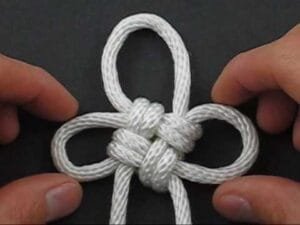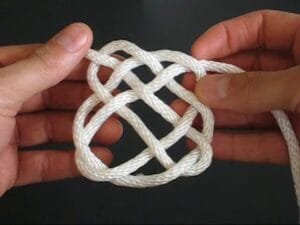Diamond Knot

Learn the art of tying the diamond knot, also known as the lanyard knot, a versatile and visually appealing knot often used in bondage for added security and aesthetic appeal. This comprehensive guide presents step-by-step instructions on how to master this intricate knot, offering tips and insights into its valuable uses in restraints, safety, and decorative purposes. Enhance your bondage techniques with the diamond knot, a fundamental skill for any rope enthusiast.













